The gluteus medius is a vital muscle of the human body, especially when it comes to hip stability and movement. Despite its critical role, many overlook its importance until dysfunction or injury occurs. In this article, we'll take a deep dive into the gluteus medius muscle action, origin and insertion points, its innervation, and why maintaining its strength is crucial for optimal performance and injury prevention.
Anatomy of the Gluteus Medius
The gluteus medius muscle lies between the gluteus maximus and gluteus minimus, forming part of the lateral aspect of the hip. It originates on the outer surface of the ilium, specifically between the anterior and posterior gluteal lines. The muscle fibers converge to insert on the lateral surface of the greater trochanter of the femur.
Understanding the gluteus medius origin and insertion is crucial in appreciating its function. The origin of the gluteus medius at the ilium provides a broad surface for force generation, while the insertion of the gluteus medius at the greater trochanter allows it to exert leverage across the hip joint.
A clear visual can be found by studying a gluteus medius muscle diagram or examining a gluteus medius on a cadaver. These models reveal the muscle's fan-like structure and its positioning relative to neighboring muscles.
Function and Action of the Gluteus Medius
The action of the gluteus medius primarily involves hip abduction, or moving the leg away from the body's midline. However, its role extends beyond simple abduction. Different fibers perform specific functions:
-
Anterior fibers: Assist with medial rotation and flexion of the hip.
-
Middle fibers: Perform pure abduction.
-
Posterior fibers: Contribute to external rotation and extension of the hip.
Thus, the gluteus medius movement is multidirectional and essential for activities such as walking, running, and maintaining balance on one leg.
When considering "what does the gluteus medius muscle do," it’s important to emphasize its stabilizing role. During single-leg stance phases of gait, the gluteus medius contracts to prevent the pelvis from dropping on the unsupported side, a phenomenon called Trendelenburg gait when impaired.
In summary, the function of the gluteus medius and gluteus medius muscle function is critical for pelvic stability, hip movement, and overall lower body alignment.
Innervation of the Gluteus Medius
The gluteus medius innervation comes from the superior gluteal nerve (L4, L5, S1). This nerve travels through the greater sciatic foramen above the piriformis muscle to reach the gluteus medius. Knowing the innervation of the gluteus medius is key for diagnosing nerve-related injuries or weaknesses impacting this muscle.
When studying anatomy, it's common to encounter the phrase "the gluteus medius muscle is innervated by the superior gluteal nerve," underlining the importance of neurological input for proper muscular function.
Clinical Importance of the Gluteus Medius
Weakness in the gluteus medius can lead to a host of issues, including lower back pain, knee valgus, and even ankle instability. Athletes, especially runners, often suffer from gluteus medius dysfunction due to overuse, poor activation, or biomechanical imbalances.
Targeted exercises such as clamshells, side-lying leg raises, and single-leg deadlifts can strengthen the gluteus medius. A functional understanding of the gluteus medius muscle action and gluteus medius movement enables clinicians and trainers to create effective rehabilitation programs.
Visual references, such as a detailed gluteus medius diagram or anatomical models, further support learning about the right gluteus medius and left side symmetry, critical for assessing bilateral differences.
Conclusion
The gluteus medius muscle plays an indispensable role in hip stability, mobility, and overall biomechanics. A deeper understanding of the gluteus medius anatomy, function of the gluteus medius muscle, and its origin, insertion, and innervation empowers individuals to appreciate its significance and address dysfunction proactively.
Whether you’re a health professional, fitness enthusiast, or simply aiming for better movement, maintaining the strength and function of the gluteus medius is a key step toward achieving a resilient and balanced body.



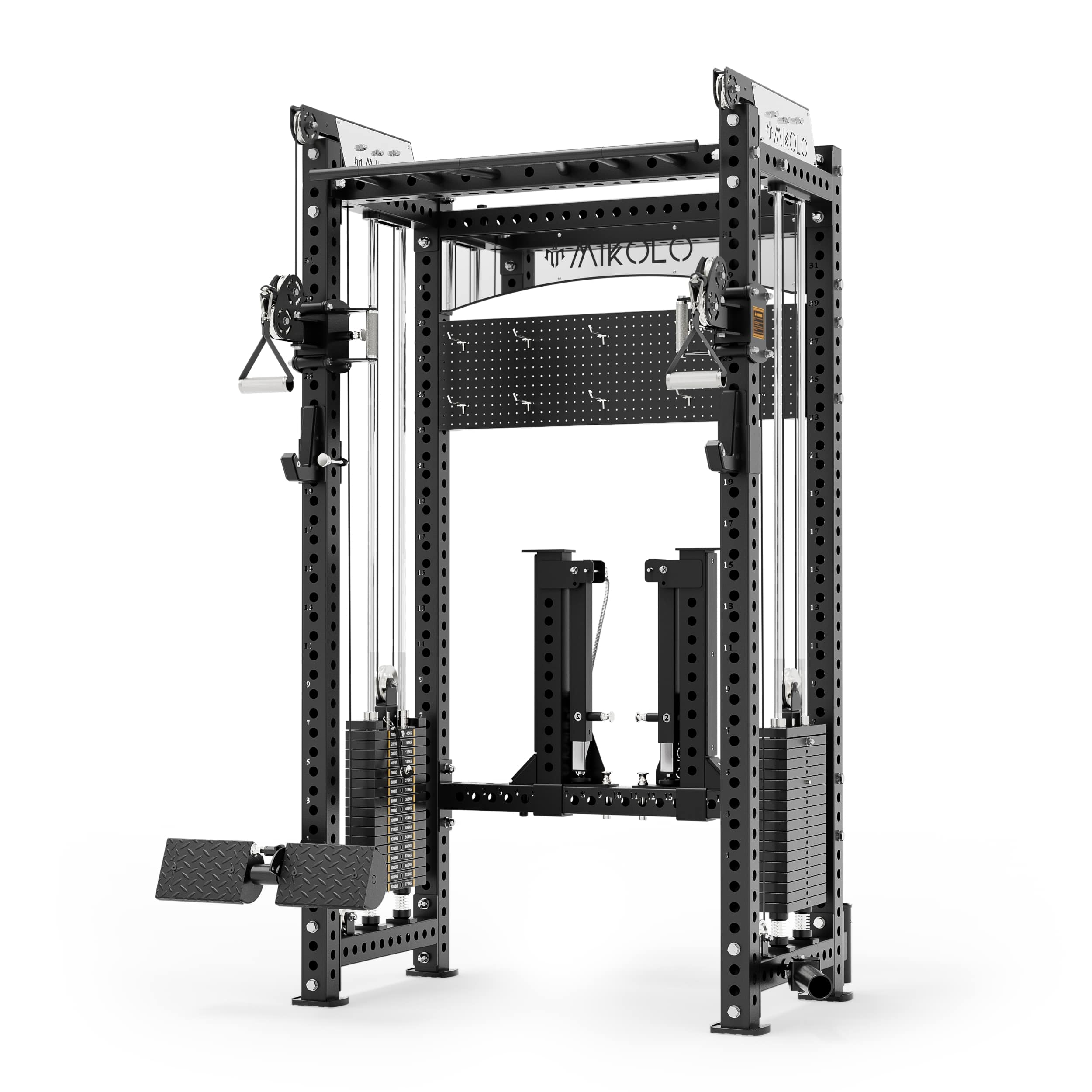
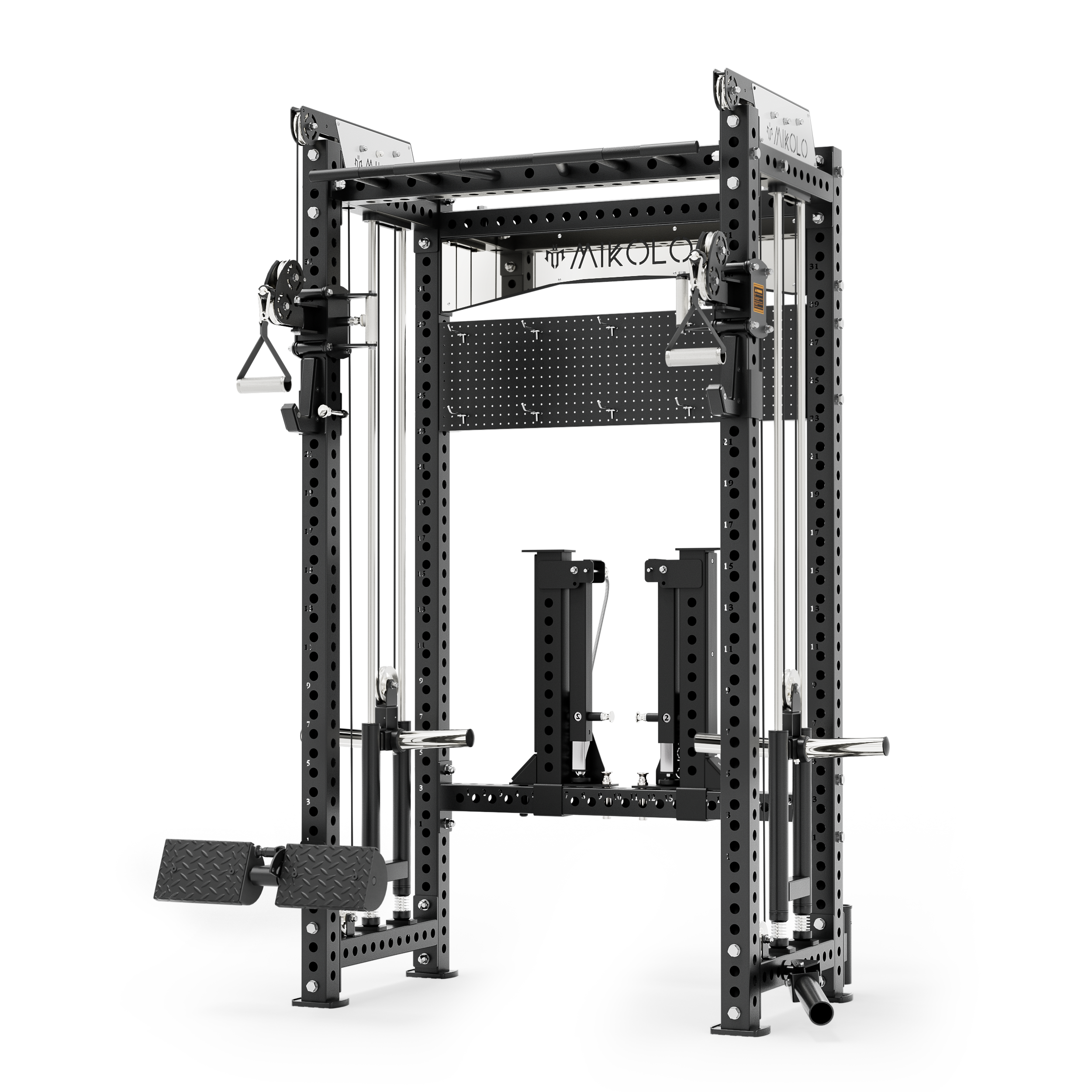


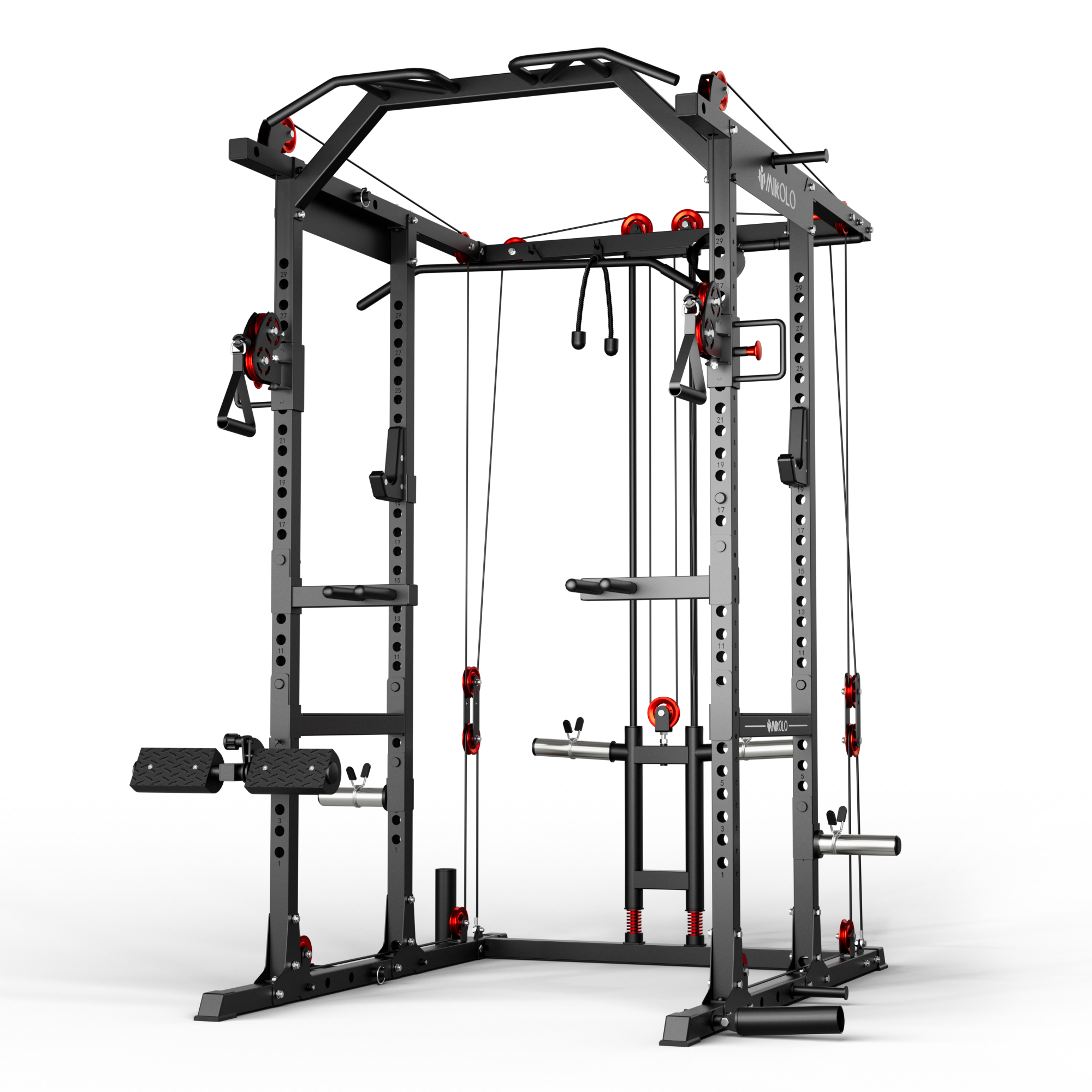





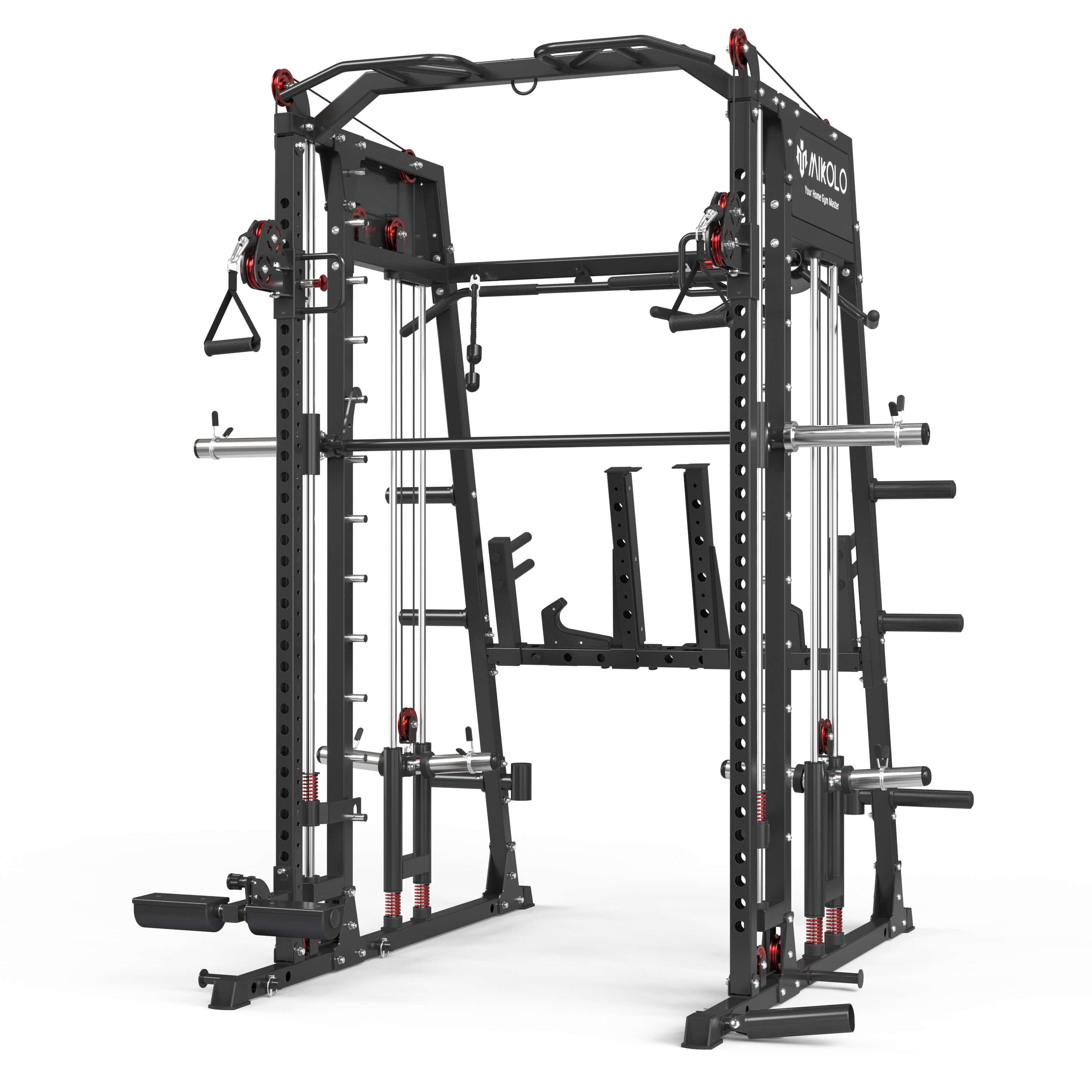
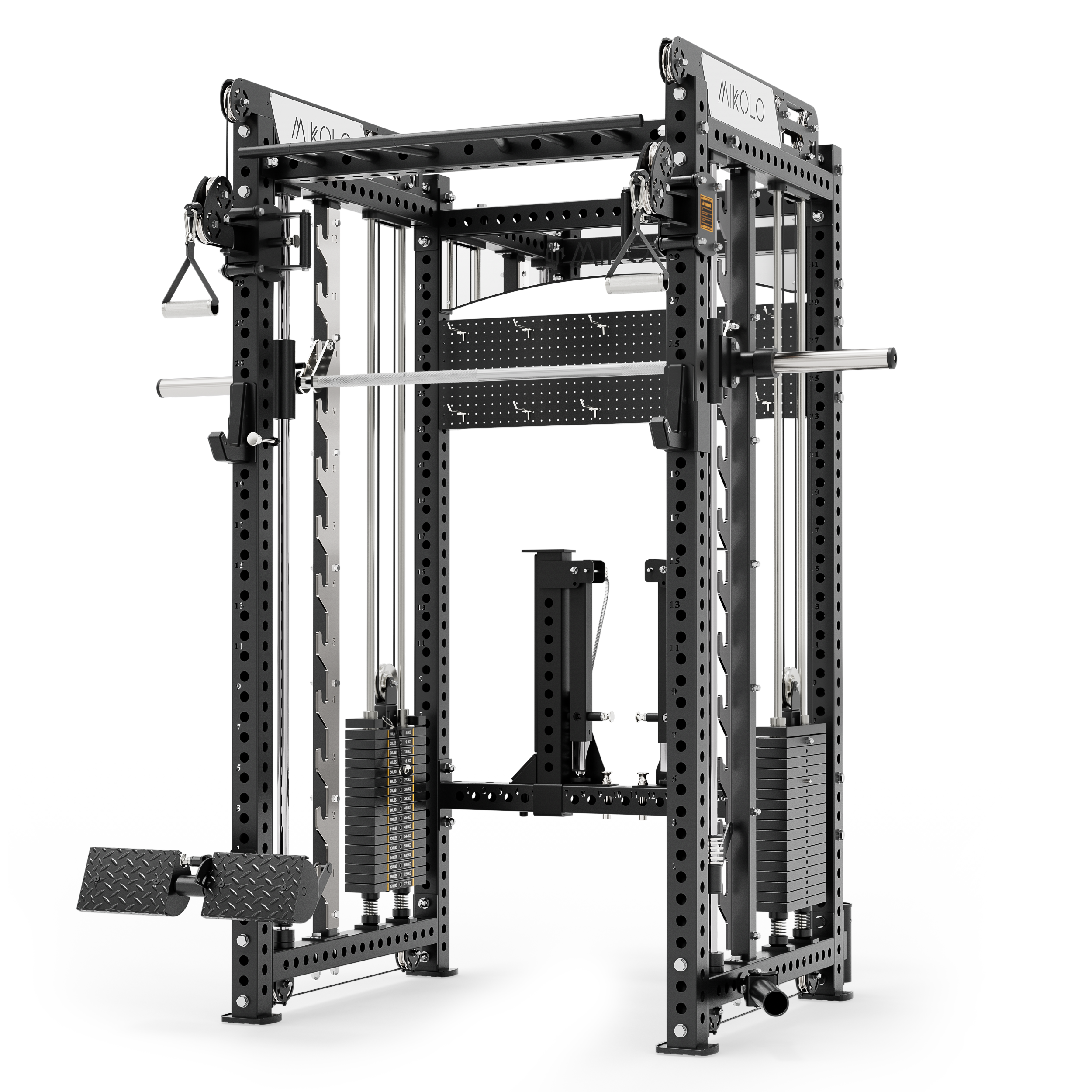


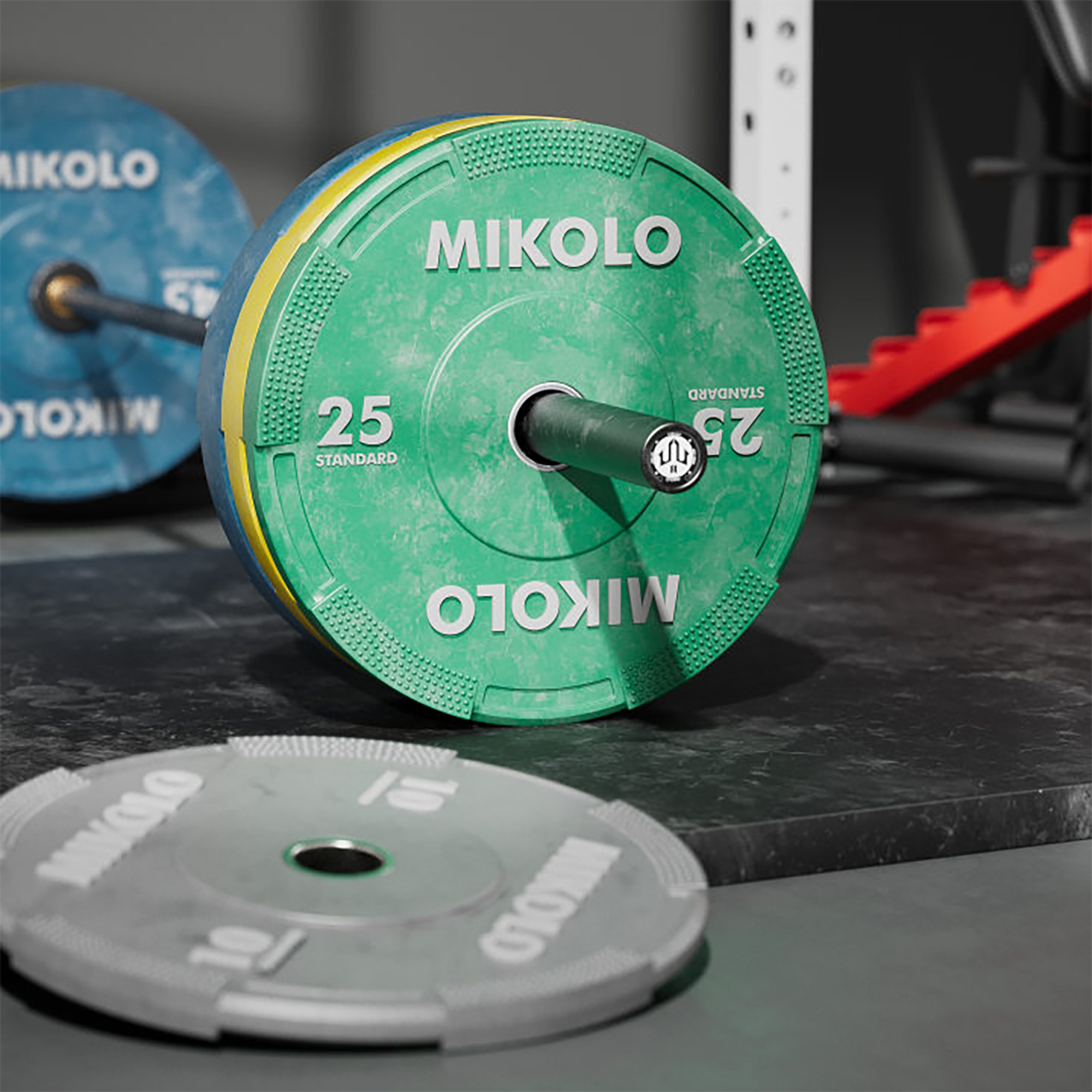






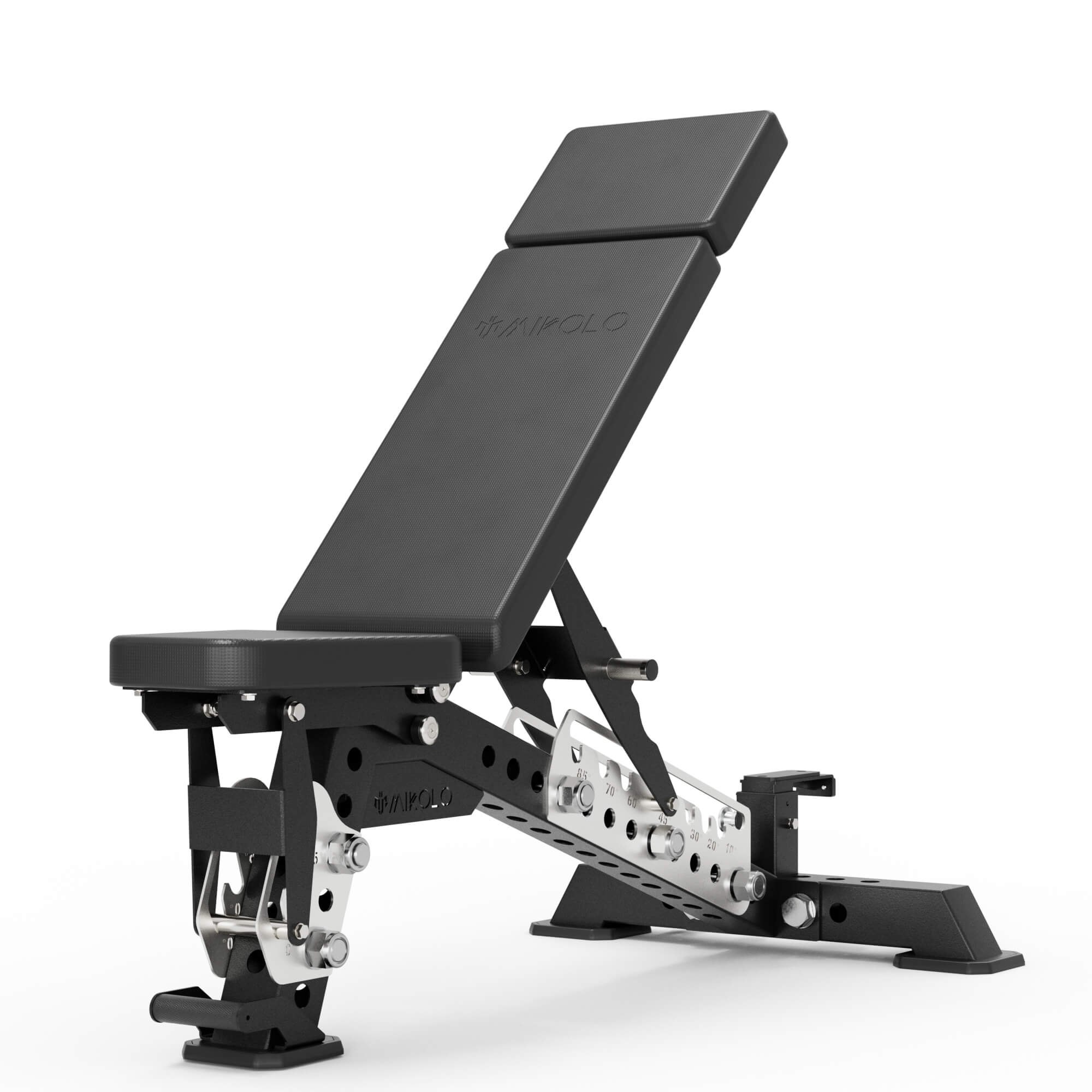










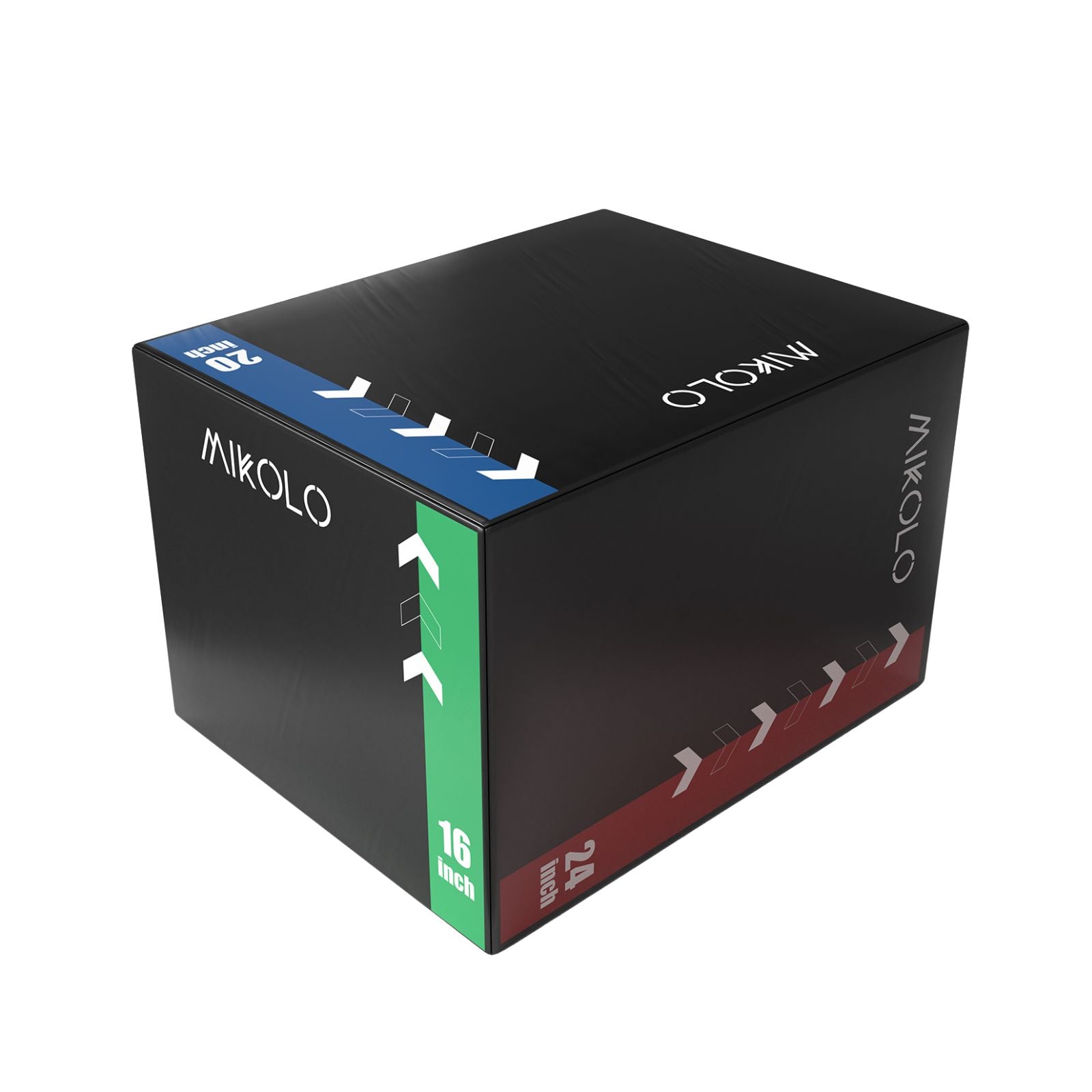

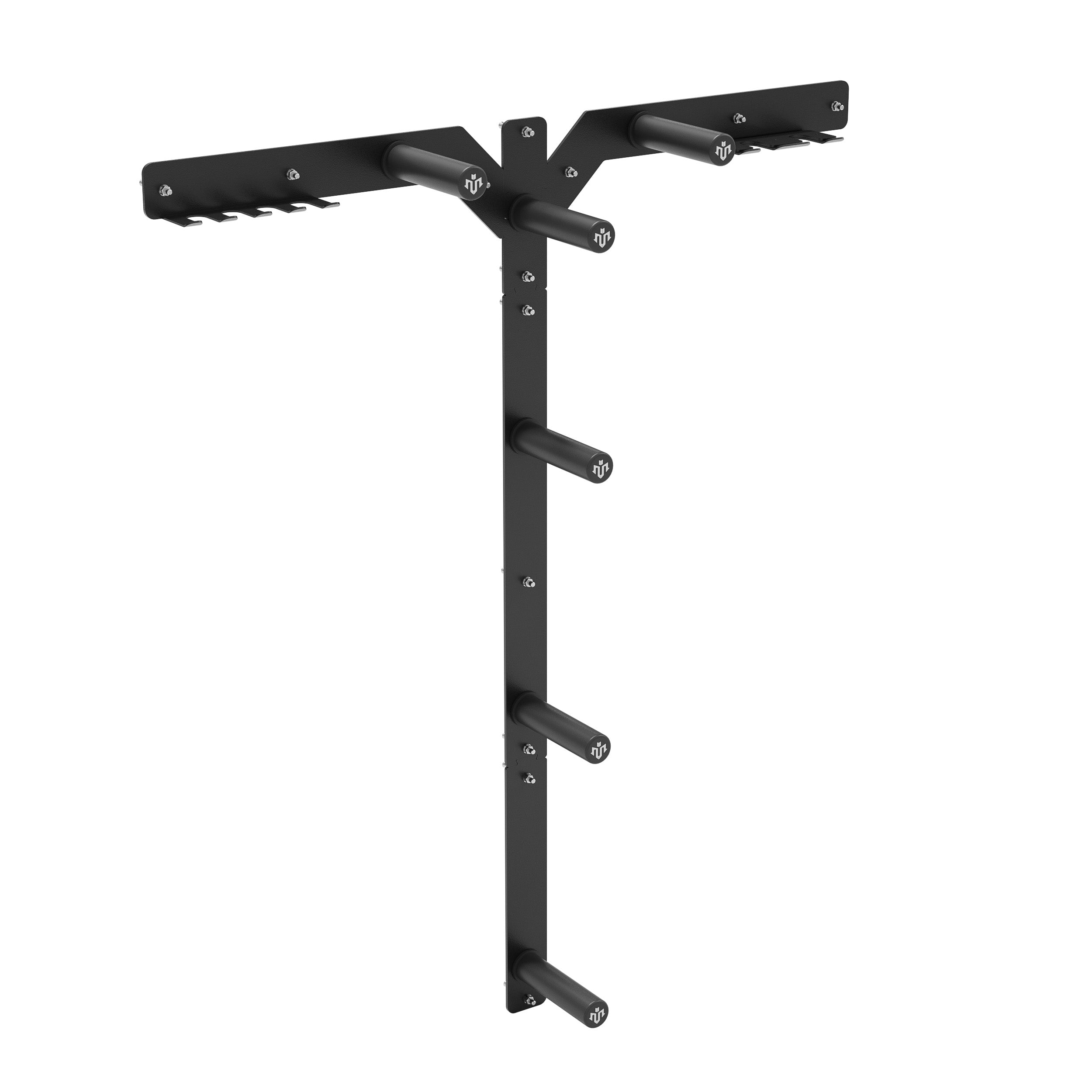




Leave a comment
This site is protected by hCaptcha and the hCaptcha Privacy Policy and Terms of Service apply.